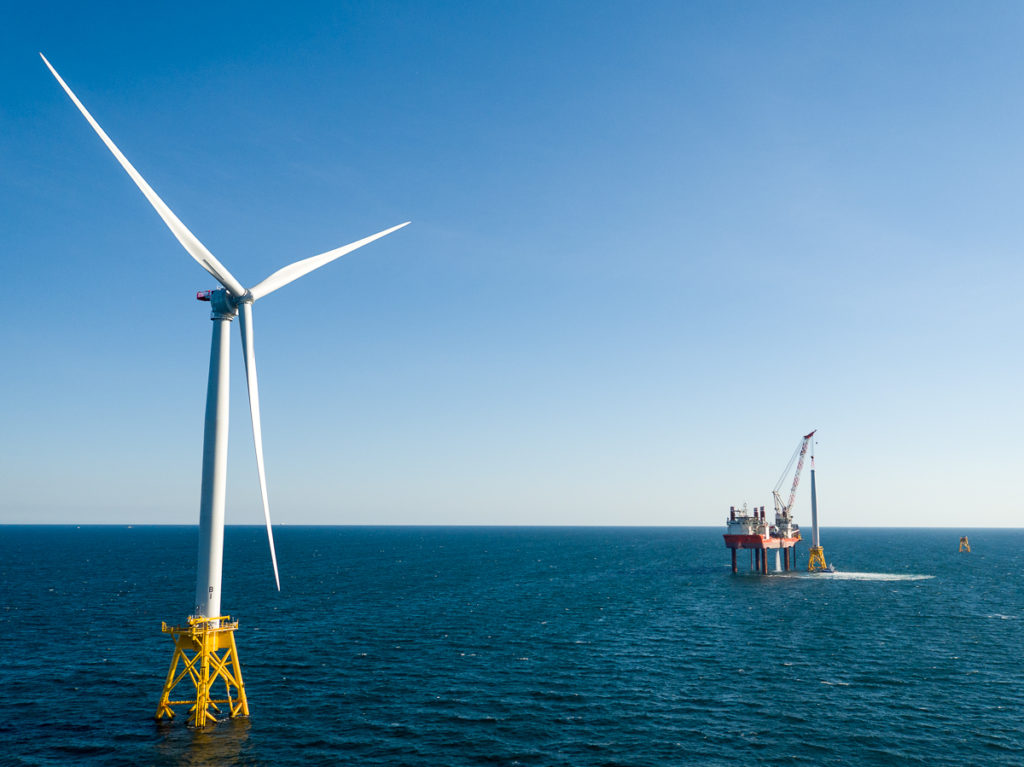
1. Reduce pollution & dangerous warming
The immense floating and fixed-bottom offshore wind resource off the U.S. coasts provides an alternative to fossil fuels that could produce enough electricity to cover three times the nation’s annual energy consumption. Tapping into just a fraction of that potential could help reverse the public health and ecological crises we face.
Offshore wind power offers an unmatched opportunity to help meet the challenge of climate change by reducing our reliance on one of its primary drivers: carbon-polluting fossil fuels. Dangerous levels of pollution and warming pose ever-worsening threats to public health and the environment, impacting low income and communities of color substantially more than others.

2. Protect rapidly diminishing wildlife
In addition to reducing pollution and warming that directly harms wildlife, offshore wind power offers an alternative to more damaging energy-production options. Additionally, wind power can be built far offshore and in areas carefully selected to minimize conflicts with birds and marine wildlife, and developed with strong protections for wildlife and habitat every step of the way.

3. Provide affordable power
For over three decades, Europe has been producing electricity from offshore wind, and thousands of turbines are currently spinning around the world. This booming global industry has sparked investments in technology and manufacturing facilities that have dramatically reduced costs to be competitive with the current power supply. States will typically buy offshore wind power with a long-term contract and at a set price, offering stability to ratepayers. That is a stark contrast to volatile fossil fuel markets where electricity prices fluctuate greatly depending on global conditions, and contribute to higher costs in public health, water scarcity, and habitat destruction.

4. Supply power where it’s needed
Over 80% of the U.S. population lives in crowded coastal areas, where space is limited for large-scale renewable energy. Offshore wind power is uniquely positioned to serve these markets. Currently, densely populated areas need to maintain expensive and pollution-heavy power plants to run only at occasional moments of peak demand, like heat waves and cold snaps – the very times when winds offshore can be at their strongest.
Along the coast of the Gulf of Mexico, where there are fewer large population centers, offshore wind can play a part in cutting industrial carbon emissions. This transformation will require careful scrutiny, ensuring that polluting industries that harm communities and wildlife will not get a pass in return for reducing carbon emissions.

5. Create high-quality jobs
A strong commitment to domestic, inexhaustible energy will foster long-term economic growth and can revitalize port communities. Offshore wind power currently supports over 80,000 jobs across a range of sectors overseas. The U.S. Department of Energy projects that a robust offshore wind industry will support 160,000 construction, operation, and maintenance jobs – opportunities that cannot be exported. Learn more.
 Offshore Wind Energy
Offshore Wind Energy